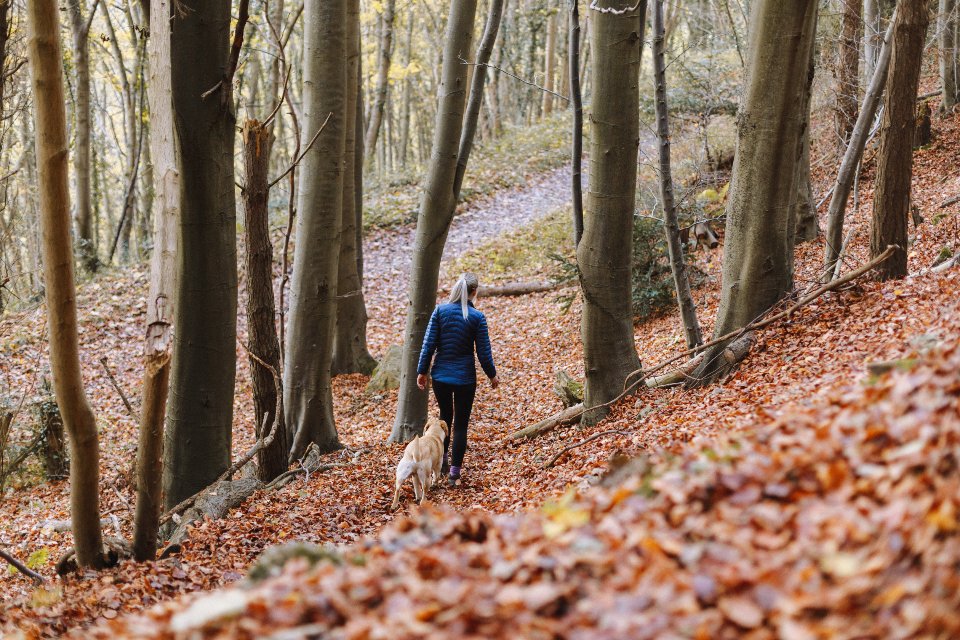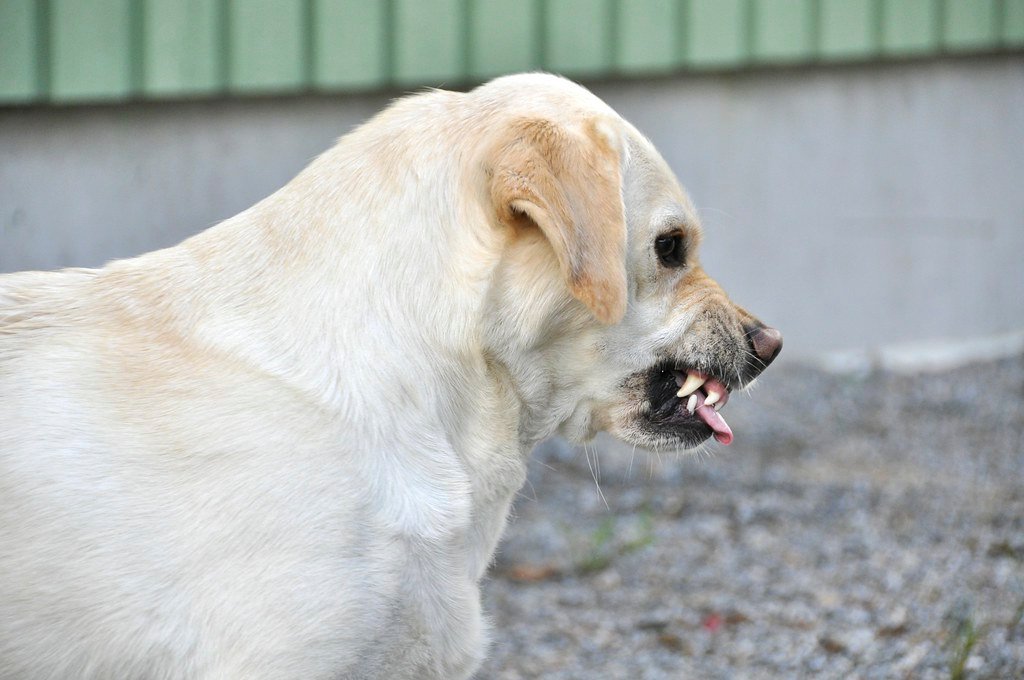Have you ever felt like your dog is giving you the cold shoulder, but you just can’t figure out why? Dogs, much like us, have their own ways of expressing frustration. Sometimes, it’s as subtle as a sigh. Other times, it’s a dramatic flop on the rug with a huff. Understanding these signals can turn confusion into connection. Let’s dive into the unmistakable—and sometimes hilarious—ways our furry friends show they’re annoyed. Because, let’s be honest, every dog parent has been there.
Turning Their Back on You
When your usually affectionate pup suddenly plops down with their back facing you, it’s not just coincidence. Dogs often turn away to show they’re fed up or want some space. Think of it as the canine version of a silent protest—no eye contact, no wagging, just a clear “not now, human.”
This move can sting, especially if you were hoping for snuggles. If you’ve been pestering your dog with too many commands or cuddles, this is their gentle way of saying, “I need a break.” Give them a little room, and they’ll likely return to your side when they’re ready.
Exaggerated Sighing or Groaning
Ever heard your dog let out a long, dramatic sigh after you’ve tried (and failed) to get them to play fetch for the fifth time in a row? That’s not just a charming quirk—it’s a real sign of annoyance. Dogs use vocalizations like sighs and groans to show discontent or boredom.
These sounds are their way of saying, “Enough already!” If your dog is doing this often, check to see if you’re overwhelming them or not respecting their rest time. Just like people, dogs need moments to recharge, too.
Yawning (When Not Tired)

Yawning isn’t always about being sleepy. Dogs often yawn when they’re feeling uncomfortable, annoyed, or stressed. If you notice your pup yawning during a grooming session or while you’re fussing over them, they might be saying, “Can we not do this right now?”
It’s important to recognize when a yawn is out of context. If your dog is otherwise energetic but yawns while you’re insisting on more cuddles, it’s a polite cue that they need a pause. Respecting this signal can help strengthen your bond.
Walking Away or Leaving the Room

Few things are as clear as a dog standing up and leaving the room when you enter. It’s their way of saying, “I need some alone time.” This action can happen if you’ve been a little too enthusiastic with your affection or if you’re doing something they dislike—like vacuuming or singing off-key.
Let your dog have their space. Forcing interaction can lead to even more avoidance. Instead, let them come back to you when they feel comfortable. Sometimes, absence really does make the heart grow fonder—especially for dogs.
Flattening Ears or Giving You a Side-Eye

Body language speaks volumes. If your dog’s ears are pinned back or they’re giving you the classic “side-eye,” take note. These subtle cues often mean your dog is annoyed, uneasy, or even mildly upset about something you’re doing.
Maybe you were a little too rough during play or ignored their favorite toy. Watch for these signals during daily interactions. Understanding them helps you adjust your approach and show your dog you’re listening—in your own way.
Ignoring Commands or Acting Stubborn

Does your dog sometimes act like they’ve forgotten basic commands? Ignoring you or acting stubborn can be their way of expressing irritation. Maybe you’ve been repeating “sit” a dozen times, or you’re asking for tricks when they’d rather nap.
Rather than insisting, try to understand what’s behind the resistance. Are they tired, hungry, or distracted? Sometimes, the best thing you can do is give them a break and try again later with a gentler tone.
Pawing, Nudging, or Pushing You Away
When your dog uses their paw to push your hand away, it’s not just playful. It’s a clear message: “Please stop.” This behavior often pops up during unwanted petting, grooming, or nail trims. It’s their way of setting boundaries.
Learn to recognize these signals and respect your dog’s wishes. Over time, they’ll trust that you’ll listen when they communicate, which makes them more likely to come to you for affection on their own terms.
Growling or Low Grumbling

A growl isn’t always a sign of aggression. Sometimes, it’s a polite warning that your dog is annoyed or uncomfortable. Maybe you’ve touched a sensitive spot or tried to move them off their favorite chair. Listen to these warnings—they’re important.
Never punish your dog for growling. Instead, back off and assess what might have triggered the reaction. Addressing the cause, whether it’s pain or just annoyance, can help prevent escalation and build trust.
Chewing or Destroying Objects

If your dog suddenly starts chewing on shoes, pillows, or anything they know is off-limits, frustration may be the culprit. Dogs often act out when they’re bored, annoyed, or not getting enough attention or stimulation.
Try to spot patterns. Are these “bad behavior” episodes happening after a busy day when you haven’t had time for play? Increasing exercise, mental stimulation, or simply more quality time can help curb this kind of annoyance-driven destruction.
Licking Lips or Nose Repeatedly
Lip or nose licking in dogs isn’t always about food. It can be a subtle signal of discomfort, stress, or annoyance. If your dog starts licking their lips while you’re trying to dress them up in a silly costume, they might be silently pleading for you to stop.
Pay attention to this understated cue. It’s easy to miss, but it’s just as important as a bark or a growl. If you see repeated licking, pause and check if your dog is truly enjoying the experience.
Sudden Excessive Shedding or Itching
Sometimes, annoyance in dogs shows up as physical symptoms—like shedding more than usual or scratching at themselves. This can be a reaction to stress, irritation, or even a new environment. Imagine how you might fidget or tap your foot when you’re on edge.
If you notice your dog’s coat suddenly filling your home or they can’t stop itching, consider what’s changed in their routine. Reducing stressors and giving them a calm space can help bring things back to normal.
Understanding your dog’s signals is the first step to a happier, more harmonious friendship. Have you noticed any of these signs in your own pup?
Jen is a passionate nature lover and ocean conservationist. She has dedicated her life to protecting the environment and preserving the beauty of the natural world. Growing up in a small coastal town, Jen sincerely appreciated the ocean and its inhabitants. She has spent countless hours exploring the shoreline, learning about the creatures that inhabit the waters, and advocating for their protection. Jen is an active member of ocean conservation organizations, and she is committed to educating the public about the importance of conserving wildlife and the natural environment.






